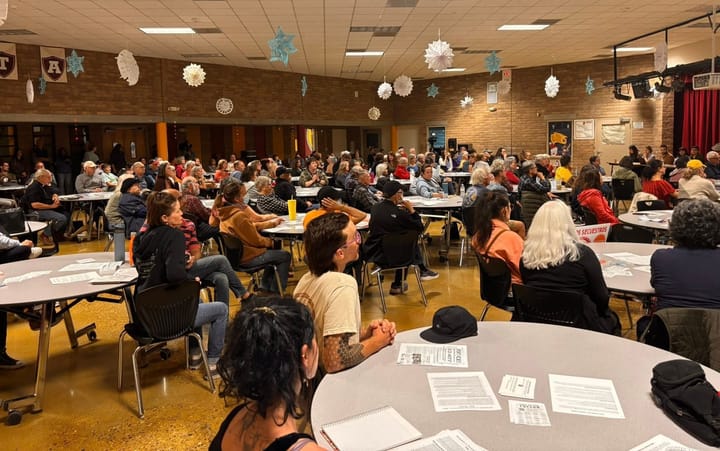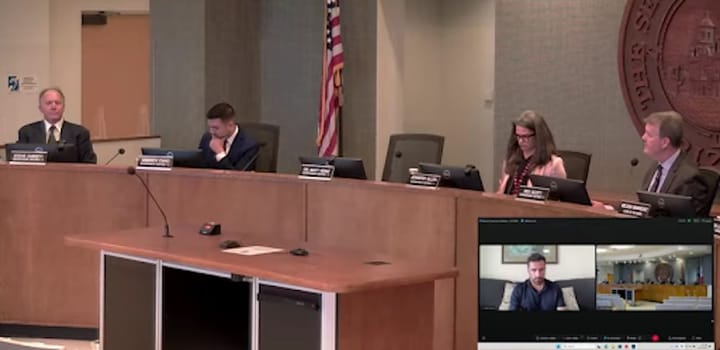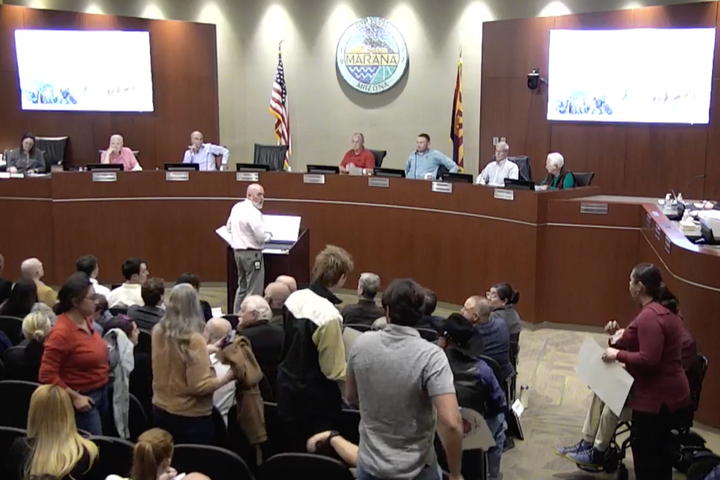Tucson council blocks Amazon data center after public outcry
The Tucson City Council voted unanimously to halt the annexation tied to Amazon’s proposed Project Blue data center, following widespread public opposition over water and energy concerns.
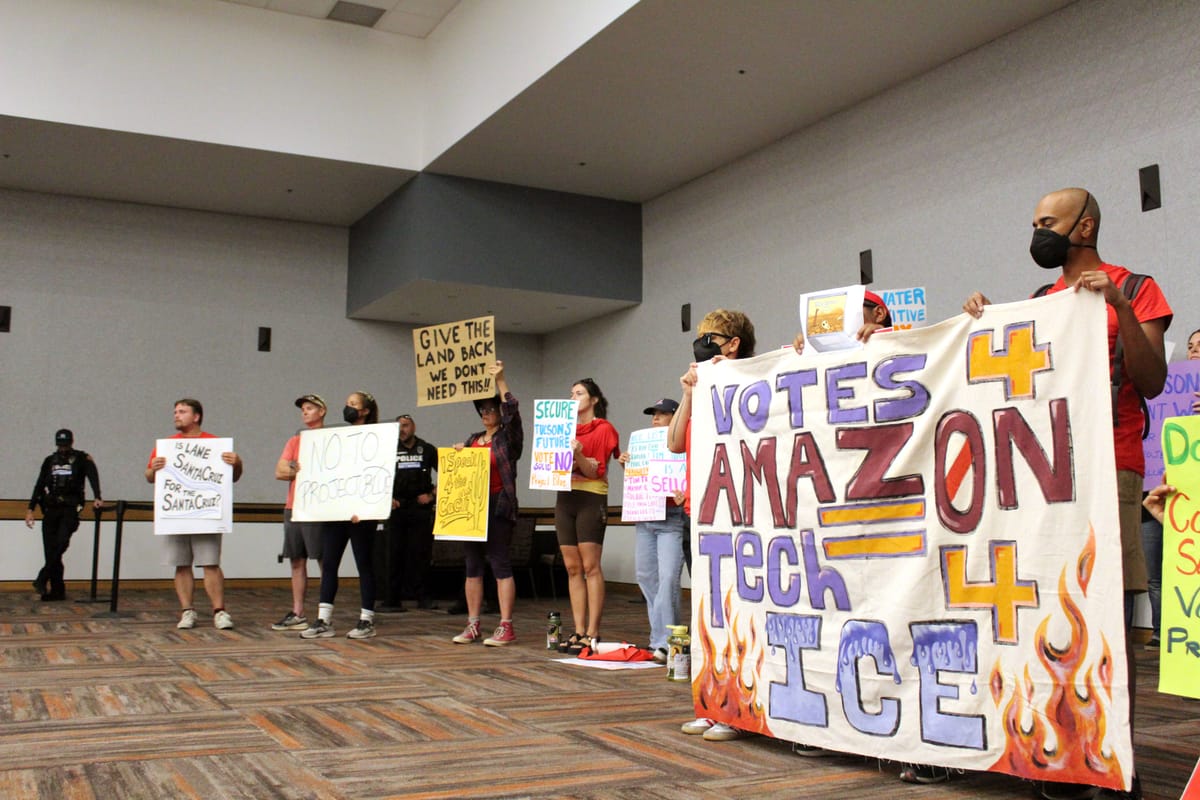
The Tucson City Council unanimously voted Wednesday to stop the annexation process tied to Amazon’s controversial Project Blue, effectively stopping the proposed data center from moving forward.
The decision came during a packed study session, where red-clad opponents erupted in cheers as the motion passed. Dozens more gathered outside, unable to get in but awaiting the outcome.
“We heard very loud and clear what the community felt about this and I understand how much time it has taken to dig into these details, to educate ourselves as a community,” said Nikki Lee, councilwoman for Ward 4. “Project Blue represents a lot of things to a lot of people right now, more than just the data center and the project itself. It’s a distrust in government, it’s a distrust in corporation, it’s a very large distrust in tech companies, a distrust in technology and privacy in general.”
Vice Mayor Lane Santa Cruz said the project does not align with the community’s values, climate reality or long-term economic vision.
“It’s a turning point for all of us as a mayor and council body,” Santa Cruz said. “This is our chance to bring this conversation into the light and make clear to the public what’s at stake.”
Mayor Regina Romero reminded the council that the fight isn’t over, warning that federal and state governments could override Tucson’s decision by allowing the project to move forward on land outside the city’s jurisdiction.
“It doesn’t stop here folks, so we have a lot of homework to do,” she said. “I really expect your energy and your passion that you brought to this to continue as a community.”

The No Desert Data Center Coaltion called the vote a victory for the community and said it wouldn’t happen without the thousands of Tucsonans who came out in opposition.
“We will remain vigilant because we know big corporations like Amazon, Beale and TEP have a hard time taking no for an answer and we are committed to stopping any data center they try to force on us within our watershed,” the coalition said in a statement.
The vote followed emotionally charged information sessions, where many residents left angrier than when they arrived. The main concerns cited were the project’s potential energy and water use.
“Tucson is the most water conscious city in the country,” Melanie Cooley said at the No Desert Data Center Coalition’s watch party of last Thursday’s virtual information session.
Cooley is an administrative and operations assistant for the Watershed Management Group, a private nonprofit that works toward water stewardship and improving the desert ecosystem.
Beale Infrastructure agreed to be “water positive” per the draft development agreement, which means replenishing “at least 100% of the potable water used to operate the center.”
Scott Schladweiler, Tucson Water’s chief engineer, confirmed during the meeting that after implementing the standard rates, monthly fees and water replenishment rates, Project Blue’s net water use would bezero.
But some residents are concerned that the project won’t adhere to the agreement.
“It’s defined on paper that a positive city means they can give us money,” Cooley said. “They can pay money instead of doing any project that replenishes any water.”
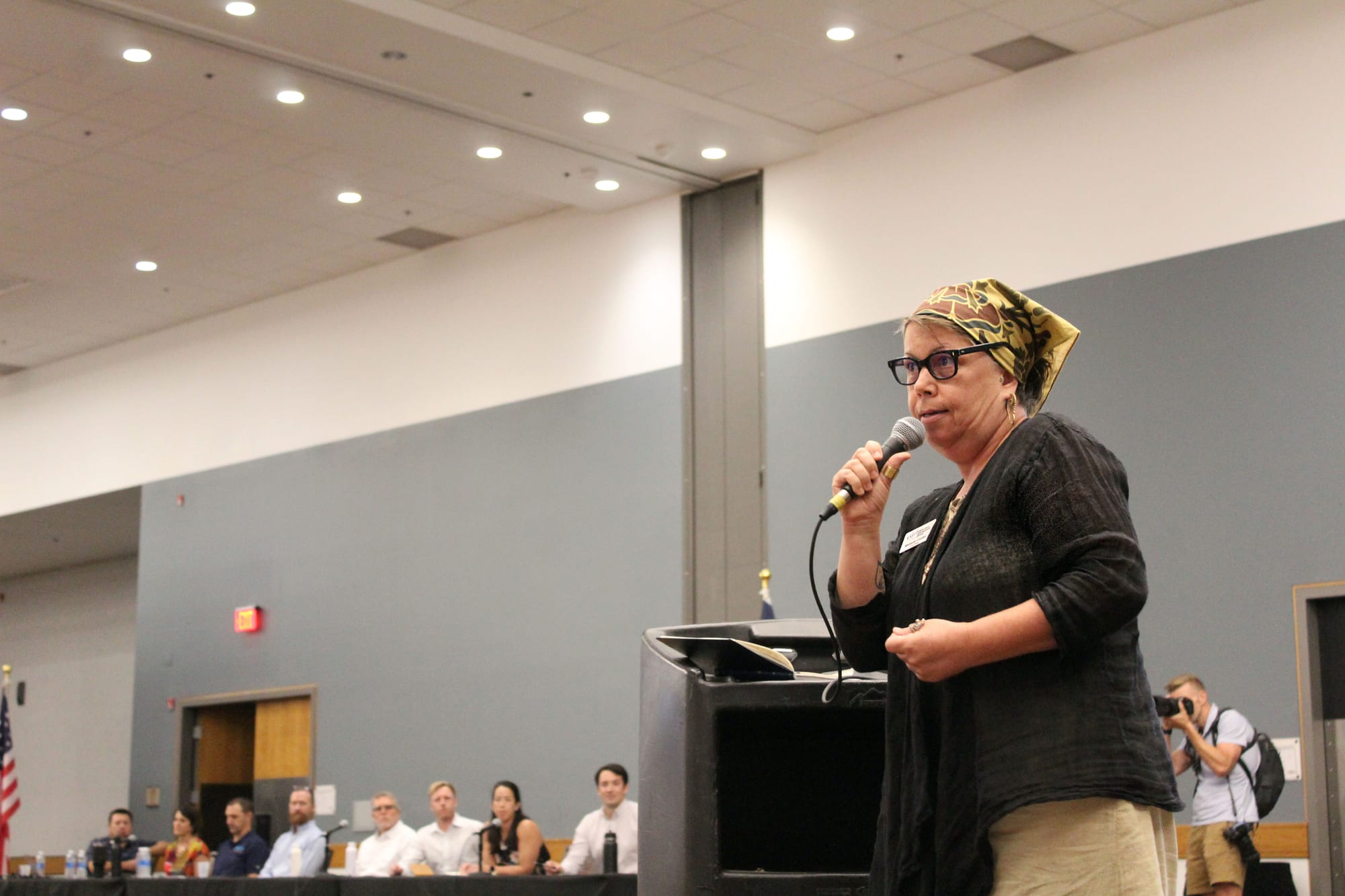
In the draft agreement, Beale Infrastructure agreed to replenish water on a one-to-one basis. Cooley said WMG developed this kind of replenishment formula and has done similar work.
“One-to-one is not sufficient, it doesn’t account for the uncertainty that comes with all of those various projects they listed,” Cooley said.
In order for Project Blue to replenish drop for drop, the center needs to provide more water to account for uncertainties, such as insufficient rainfall, according to Cooley.
“We live in a watershed, we live in a Colorado River Basin, it’s not going to be coming from somewhere else that has abundant water,” they said.
But Tucson Water said during both sessions that there is enough water already stored in the aquifer to use for the initial phase of the project.
“We’ve been putting water into the ground where we can use it for future use,” Schladweiler said.
Tucson Water serves 240,000 households and receives about 144,000 acre-feet of water per year from the Colorado River and only uses 100,000 acre-feet, Schladweiler said.
An acre-foot is a unit of volume used to measure large quantities of water, typically for irrigation or water resources. One acre-foot of water is the equivalent to the size of a football field with the depth of one foot.
The water left over gets sent back into the aquifer, where Schladweiler said there is about six years’ worth of excess water stored.
“We have multiple storage facilities where we can store water,” Schladweiler said. “This provides a great number of benefits to the community.”
Storage facilities include the Sweetwater Storage Center, Sweetwater Recharge Facility and a facility on the east side of town.
“Within the next year, we will be expanding the recharge capacity,” he said.
Pima County has two wastewater reclamation facilities, the Aqua Nueva and the Tres Rios, both of which lead to the Santa Cruz River.
Despite the additional information about Tucson Water’s storage efforts, many residents were still upset.
Hundreds of community members turned out for Monday’s packed information session at the Tucson Convention Center, many to protest.
Cooley was also in attendance and addressed officials during the question and answer portion of the night.
“We’re not arguing at all with the work that has been done so far,” they said. “Tucson Water has worked absolute miracles in helping to reduce our water use, that’s what makes it so heartbreaking.”
Arilynn Hyatt is a journalism major at the University of Arizona and Tucson Spotlight intern. Contact her at arilynndhyatt@arizona.edu.
Tucson Spotlight is a community-based newsroom that provides paid opportunities for students and rising journalists in Southern Arizona. Please consider supporting our work with a tax-deductible donation.

